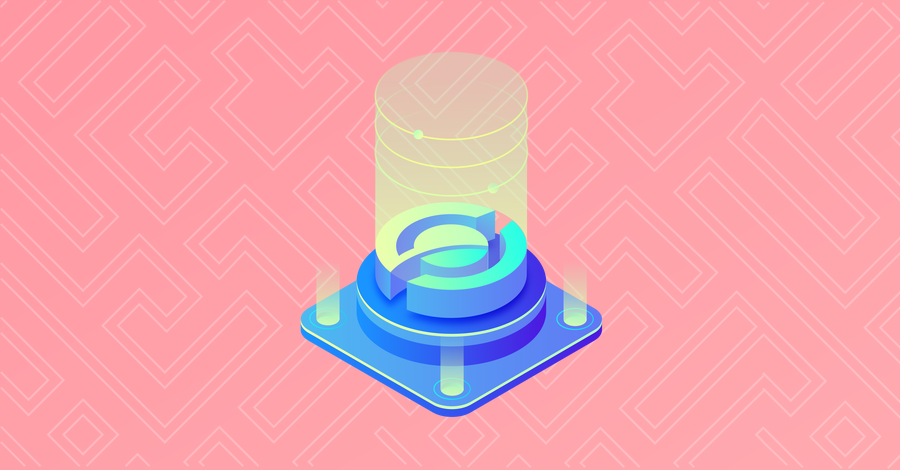What is Horizen?
1
1

Depending on who you ask, blockchains are either too slow, too public, or too centralized. Horizen is attempting to solve all three with their combination of privacy tools, nodes, and sidechains. Below we explore what Horizen is, how it works, and why it's trying to solve crypto's privacy problem.
What is Horizen?
The core feature of the Horizen blockchain is privacy. Since its launch as ZenCash, the network has used zero-knowledge proofs to make its ZEN currency untraceable and unwatchable between its privacy-conscious users. It also believes any interaction between users should be private. So the company is building privacy solutions for smart contracts–with the intent of being a decentralized platform for private messaging, publishing, and decentralized application (dapp) development.
Who Invented Horizen?
In May 2017, co-founders Robert Viglione and Rolf Versluis launched ZenCash as a fork of ZClassic–itself a fork of Zcash. In August 2018, ZenCash rebranded itself to Horizen.
What’s so special about it?
It’s not an easy task to be a leader in the crypto world. Bitcoin has the highest market cap. Ethereum leads in active developers. Others claim to be the fastest. Horizen, however is the king of the node count. Their massive network of over 30,000 active nodes eclipses both Bitcoin and Ethereum–their closest rivals in node count.
The Horizen node network is “multi-tiered” meaning not all nodes play the same role. Regular full nodes are like those on Etherem or Bitcoin–they have a full copy of blockchain network transactions and data. Secure Nodes are regular full nodes with special encryption, which secures communication between nodes and prevents snooping when nodes talk to each other. Finally, there are Super Nodes, which are powerful Secure Nodes that host Horizen sidechains.
What else is different?
Horizen has evolved a great deal its days as ZenCash. The team is now focused on developing sidechain technology to allow anyone to develop dapps linked to the Horizen mainchain. These sidechains promise to be highly scalable while keeping the benefits of the Horizen mainchain’s network of over 30,000 nodes. Thanks to its Cross-Chain Transfer Protocol (CCTP) technology, ZEN tokens can be transferred back and forth between the Horizen mainchain and the individual sidechains quickly and easily.
How are ZEN tokens produced?
The Horizen network combines proof-of-work (POW) with proof-of-stake (POS) so new tokens are rewarded to both miners doing POW and validators doing POS. Essentially, the Horizen mainchain uses POW to maintain consensus while the sidechains use POS. Of the new ZEN tokens created, miners will receive 60% while Secure Node Operators and Super Node Operators receive 10% each. The final 20% of new ZEN tokens produced go to the Horizen Decentralized Autonomous Organization (DAO) Treasury, which will help fund ecosystem development.
Like Bitcoin, there is a total supply of 21 million ZEN as well as a periodic halving of block rewards.
How do you get hold of ZEN tokens?
You can buy ZEN tokens on exchanges such as Binance and Huobi. You can also start mining and join a mining pool to earn ZEN tokens.
What can you do with ZEN?
The core crypto asset of the Horizen blockchain is ZEN with all of its privacy-focused features. There are two types of ZEN addresses: T-Addresses and Z-Addresses. T-Addresses are regular addresses similar to Bitcoin where anyone can see all of an account’s transaction history. Z-Addresses are where zero-knowledge proofs come in. If two Z-Addresses transact with each other the transactions remain private, anonymous, and completely hidden.
The Future
With the Horizen's Side Chains Alpha recently released, the next big plan for Horizen is the full release of their sidechain network. Once their sidechain technology is fully launched, Horizen plans to add another promising scaling technology to their ecosystem called Directed Acyclic Graph (DAG). With sidechains and DAG technology added to their stack, will Horizen claim the scalability crown next?
1
1







